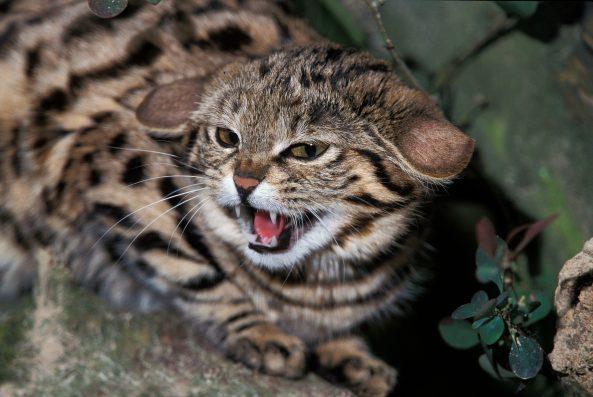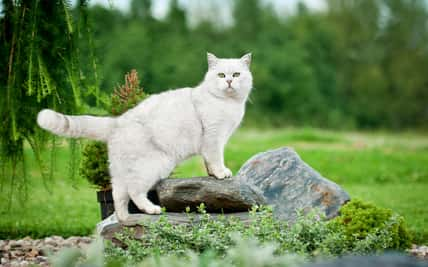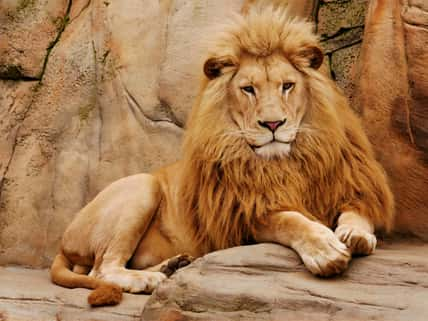The Deadliest Cat In The World Isn’t A Lion, Tiger, Or Cheetah But Actually, The African Black-Footed Cat: The Smallest Wild Feline In Africa That Weighs Only Between Two And Six Pounds

You would think that the fierce tiger, the lightning-fast cheetah, or the fearsome lion, which is considered king of the jungle, would hold the title of the world’s deadliest cat. However, the deadliest cat in the world is actually the smallest feline in Africa, and it’s also the cutest.
The African black-footed cat looks as cuddly and endearing as your average household tabby. It only stands about eight inches tall and weighs two to six pounds, making it smaller than many domestic cats.
The size of the black-footed feline may not be very impressive, but don’t be fooled by its petite stature and adorable charm. In fact, it’s a skilled hunter and vicious predator with a surprisingly high kill rate.
The wild cats are able to take down victims during their hunts 60 percent of the time, while the mighty lion has a successful kill rate of just 20 to 25 percent. And according to the PBS Nature miniseries “Super Cats,” the black-footed cat captures more prey in one night than a leopard does in six months.
In just a single night, the tiny cats kill an average of 10 to 14 small birds or rodents. They have also been known to bring down prey larger than themselves, like the Cape hare. Because of their fast metabolisms, the nocturnal creatures are always searching for food to keep themselves fueled.
Black-footed cats use three different techniques to catch their prey. One of them is called “fast hunting,” which involves bounding through the tall grass to flush out birds and rodents.
Another method is “still hunting,” where they plant themselves near a rodent’s burrow and pounce once it makes an appearance. They can sit still and wait for up to two hours, demonstrating remarkable patience.
The third technique is a slower version of fast hunting. The cats will weave slowly and quietly between the grasses to sneak up on their prey.
While they used to inhabit much of South Africa, their numbers have dwindled drastically due to poaching and threats of habitat loss from human activity.

The species has been deemed “vulnerable” by the International Union for Conservation of Nature. Conservation efforts are being made to protect their remaining habitats and preserve their populations.
If true crime defines your free time, this is for you: join Chip Chick’s True Crime Tribe
Sign up for Chip Chick’s newsletter and get stories like this delivered to your inbox.












